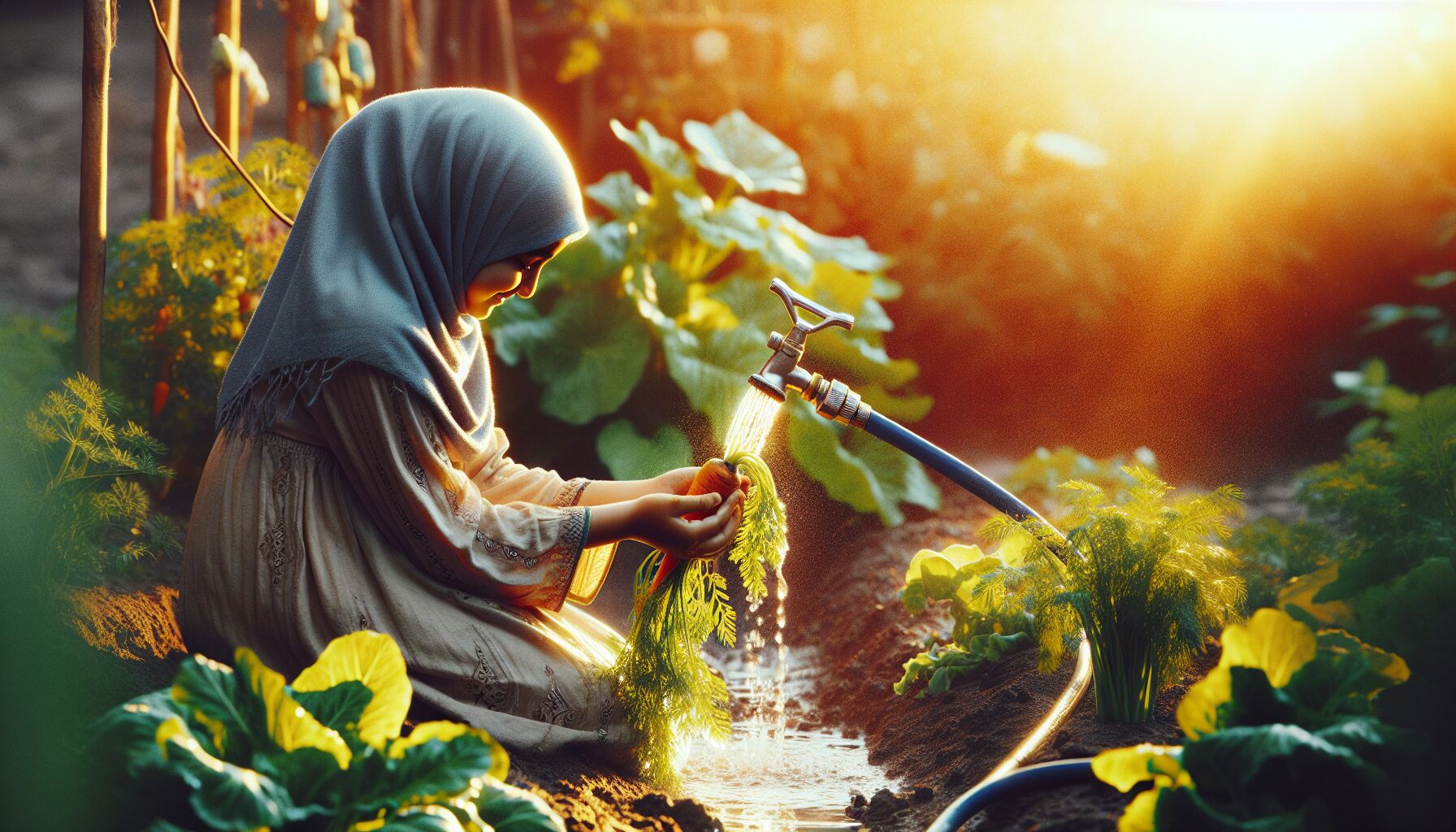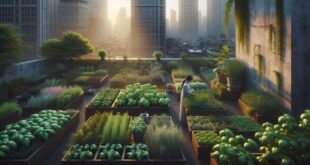 Community gardens aren’t just about vegetables. They’re pieces of earth reclaimed from pavement and silence. In places where asphalt has replaced wild roots and corner stores have replaced orchards, these gardens reawaken an ancient way of relating to land, neighbors, and food. They’re one of the clearest signs that urban homesteading isn’t nostalgia — it’s survival with dignity. A patch of kale behind a church or a fig tree tucked into a cul-de-sac—these quiet places are building blocks of greater change.
Community gardens aren’t just about vegetables. They’re pieces of earth reclaimed from pavement and silence. In places where asphalt has replaced wild roots and corner stores have replaced orchards, these gardens reawaken an ancient way of relating to land, neighbors, and food. They’re one of the clearest signs that urban homesteading isn’t nostalgia — it’s survival with dignity. A patch of kale behind a church or a fig tree tucked into a cul-de-sac—these quiet places are building blocks of greater change.
Community gardens contribute to urban sustainability the way breath contributes to the nervous system — subtle, essential, rhythmic. At the surface, they provide fresh produce, reduce food miles, and green the concrete. But beneath that, they challenge forgotten patterns of dependency and invite people to participate in something both rooted and renewing.
Feeding the body and soul — locally and together
Food access is a practical matter, but also a spiritual one. When food is grown close to home, it carries the imprint of that place — the rhythms of sun, soil, and conversation. Too often in dense cities, food is stripped of this context. It arrives in boxes, wrapped in plastic, divorced from anyone who cared for it.
Community farming interrupts that.
Whether it’s a raised bed cared for by neighbors or a larger plot managed by a collective, there’s a return to awareness built into every harvest. People start to remember what food should taste like. Kids pull carrots out of the soil, rinse them under a shared hose, and bite into something real. The disconnect shortens.
From a sustainability standpoint, these gardens reduce “food miles” — the average distance food travels from farm to plate, which in the U.S. is over 1,500 miles. They also conserve resources by reducing packaging waste, refrigerant emissions, and fuel use. But their deeper value is as engines of food justice. Many urban gardens are placed intentionally in food deserts — neighborhoods where supermarkets are far and overpriced corner stores are many. Growing food where it’s most needed is a quiet act of resistance — and repair.
“Whoever cultivates the soil contributes not just to the harvest, but to the future culture of a place.” – Adapted from Wendell Berry
Healing fractured relationships — with land, lineage, and labor
One common thread in sustainable living is the remembering of things forgotten. Industrial systems have divorced most people from the source of their food, water, warmth, and waste. That disconnection becomes a fracture in the psyche. A part of us forgets we live inside a cycle.
Tending a shared garden calls people back. There’s something humbling about watering collards growing in reclaimed soil — and realizing, maybe for the first time, that the weeds growing beside them are healers too.
Urban community gardens have become places to preserve ancestral knowledge. Elders share planting patterns with younger apprentices. Language is passed not in classrooms, but over rows of marigolds. Cultural foodways — like the difference between chayote and squash, or how to braid garlic — stay alive through practice. This isn’t just sustainability on paper. It’s soul repair.
In many cities, especially those with history of land theft and racial injustice, gardens also become spaces for deeper healing. Projects focused on food justice intentionally center Black, Indigenous, Latinx, and immigrant participation. Groups like WhyHunger and Just Food support these efforts with land access education, seed saving programs, and urban agriculture training. What’s being grown isn’t just food. It’s autonomy.
Reducing urban heat, increasing biodiversity
The physical environment of a city changes when gardens grow. Air becomes more humid. Birds return. Soil breathes again. Community gardens act as tiny ecological lungs — patching the broken fabric of the urban climate.
Cities create heat islands — where surfaces like concrete and asphalt retain heat and raise temperatures above surrounding rural areas. Dark rooftops and traffic-scorched roads don’t let the land cool at night. According to the EPA, this makes cities several degrees hotter, leading to more illness and more energy use from air conditioning. Community gardens — with their shaded beds, green leaves, and wetted soil — help balance this. Even small plots can contribute to reduced localized temperature and improved air quality.
They’re also zones of biodiversity. Pollinators like bees find safer forage in gardens with flowering herbs and heirloom varieties. Birds use them for nesting. Microbes in the soil — so often destroyed by pesticide or compaction — regenerate in untreated beds mulched with compost. That’s not minor. Microbial soil health is linked directly to carbon sequestration and long-term fertility.
When you realize that composting your coffee grounds or saving seed from a basil plant is part of an ecosystem dance — and that dance extends out into clean air, cleaner lungs, fewer floods, and more resilience — it’s hard to go back to thinking small.
 DS Haven In Light Of Things
DS Haven In Light Of Things






